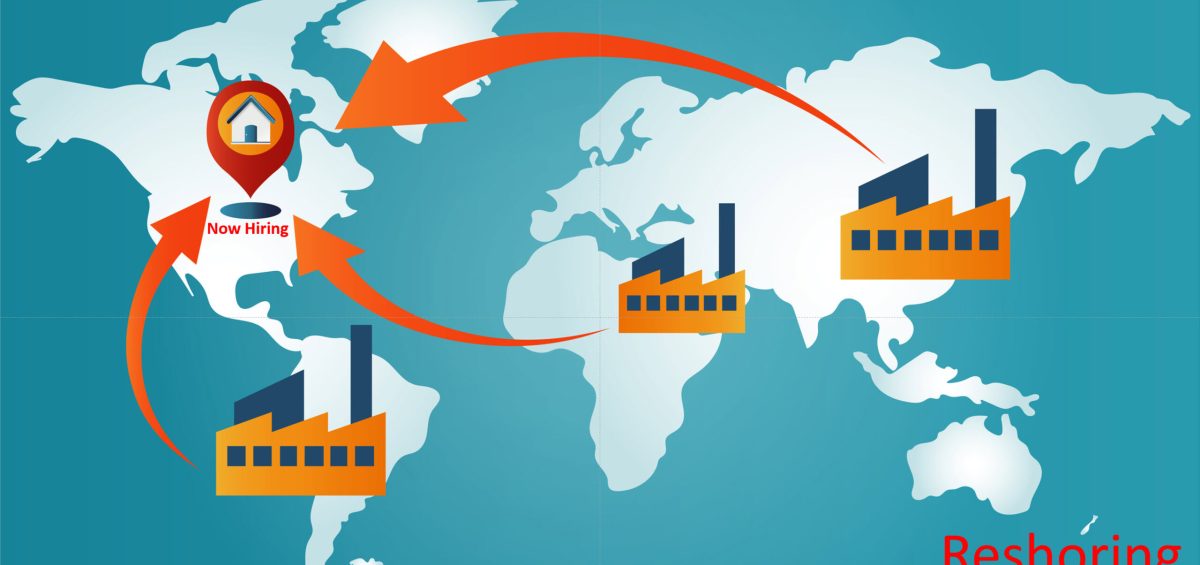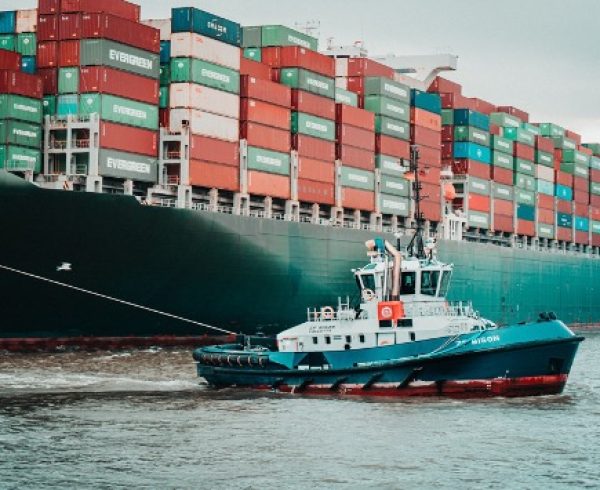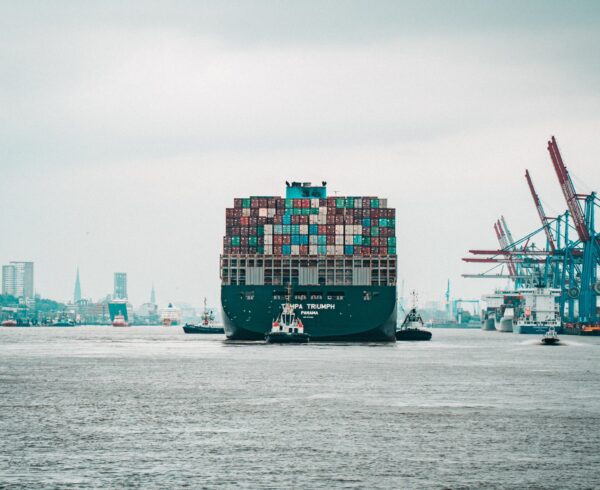Bringing It All Back Home: Why COVID-19 Makes Reshoring A Real Smart Choice
The COVID-19 pandemic has led to the breakdown of many global value chains, and is prompting many international businesses to re-assess theirs, in order to build resiliency against future disruptions.
In a new white paper, authored for the management consulting firm, Mythos Group, I recommend three priority areas of consideration:
1. Reducing our over-reliance on China
2. Reshoring
3. Digital Transformation
In this article, I want to focus on reshoring.
A Perfect Storm
Global value chains (or GVCs), by their very nature, rely on many interconnected partners in different parts of the world, working in harmony to bring together the raw materials, resources, skills, and technologies needed to bring products to market. But the COVID-19 pandemic has highlighted the flaws in this model.
Some of the risks associated with a highly interconnected global economy first came to light during the 2008 financial crisis, but these have only been magnified during the COVID-19 pandemic, where every part of the world, and every sector, has experienced the trifecta of reduced availability of raw materials, stalled production, and disrupted transportation.
This perfect storm is why businesses should carefully consider re-shoring.
Reshoring: An Idea Whose Time Has Come?
In recent decades, offshoring has become the norm, with markets where labor costs are lower taking increasingly dominant roles within global value chains.
Reshoring, or onshoring, refers to the practice of bringing imported goods or materials back into domestic production, and may be applied to a range of industries. This makes organizations much less dependent on GVCs. For example, at present Apple’s iPhones are designed in the U.S., but assembled in China using specialized components that are manufactured in various countries across the globe. In this instance, reshoring would see Apple would not only design the iPhones in the U.S. but also assemble them domestically.
This is not a new idea. As far back as 2015, the European Manufacturing Survey (EMS) conducted a field-level survey to identify and validate key drivers for reshoring. This survey involved a sample size of nearly 2,500 manufacturing firms from eight European countries.
The survey concluded that flexibility (55% of respondents) and product quality (51%) were the two main drivers for reshoring. Were this survey repeated today, with the disruptions caused by the pandemic top of mind, we would expect to see value chain resiliency as a major factor. It could just be that reshoring is an idea whose time has come.
While reshoring is by no means a panacea, there are some additional considerations:
- The “Made-in” Effect: Customers value the production of various goods in a particular country as a sign of quality. Examples are Italy and France for fashion, Germany for machinery, Japan for electronics, etc. Many consumers also want to support their domestic economies.
- Trade barriers: Uncertainty over international trade policies, customs regulations, high import tariffs, fluctuating exchange rates, political trade wars, etc, make reshoring very attractive.
- Costs: The higher labor costs of domestic manufacturing or assembly can be offset by the lower cost of transportation and increased productivity.
Post-COVID-19, Reimagining Global Value Chain
As we prepare for a post-COVID-19 world, reshoring should be a key consideration, not only to guard against the disruption of any future global pandemic, but also to take advantage of the many other benefits.
Mythos Group’s white paper, Post-COVID-19, Reimagining The Global Value Chain, contains more detail on this and other recommendations, and is available to download for free from https://bit.ly/MG-Whitepapers.







